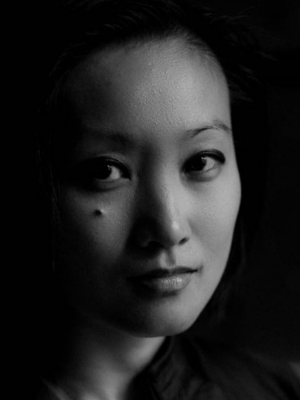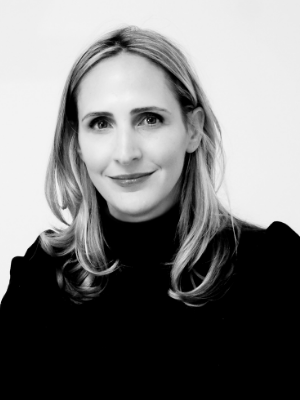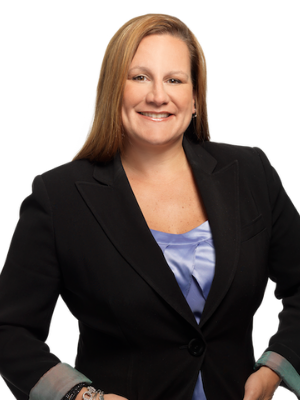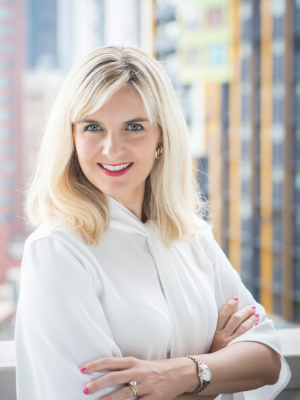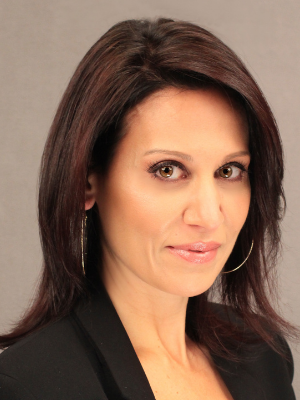 Diversity is not the same as equity and inclusion, and that case is made strongly by the real gap between the large numbers of Asian Americans and Asian American women in professional roles and the slight numbers holding senior and executive leadership positions.
Diversity is not the same as equity and inclusion, and that case is made strongly by the real gap between the large numbers of Asian Americans and Asian American women in professional roles and the slight numbers holding senior and executive leadership positions.
An evolution of both equitability in promotions and more inclusive images of leadership is needed to breakthrough the nebulous bamboo ceiling – propped up by perceptions, stereotypes, projections and some cultural differences that have very little to do with leadership competency.
It’s A Promotion Issue
When we talk Asian American heritage in the U.S., we are talking about a widely diverse aggregate of people – individuals from distinctive ethnic backgrounds from 3 major regions and over 20 countries: East Asians (incl. Chinese and Japanese individuals), South Asians (incl. Indians and Pakistanis) and Southeast Asians (incl. Thai and Vietnamese individuals).
As a diverse whole, this fastest-growing demographic group of Asian Americans are over-represented among the highly educated and the professional workforce, but highly underrepresented in leadership: they represent 7% of the U.S. population, 13% of the U.S. professional workforce and only 6% of executive posts. Only 4 CEOS of Fortune 500 companies are Asian American women, 4 CEOS of S&P 500, and none of the S&P 100.
Asian Americans are least likely to be promoted to senior management and leadership: In 2016, Ascend found that one of every 12 white men and one of every 28 white women in the professional workforce is an executive, but only one of every 30 Asian American men and one of every 64 Asian American women have reached executive level.
This invisible barrier to senior leadership shows up across professional sectors:
- Ascend found that only 1 out of every 285 Asian women and 1 out of every 201 Asian men in Silicon Valley was an executive.
- Yale reported that Asian Americans have the lowest ratio of parters to associates.
- Asian Americans manage less than 1% of capital in the asset management industry despite meeting and exceeding industry performance benchmarks.
- While comprising 23% of middle managers and professionals in banking’s six largest U.S. lenders, Asian Americans make up only 7% to 19% of executives in these organizations.
As Buck Gee, researcher and executive advisor to Ascend, summarizes: “The problem is equity of promotions.”
The Gaps in Inclusion and Addressing Discrimination
Not surprisingly, 65% of AAPI managers view the bamboo ceiling as a moderate to serious problem in their careers and nearly all see it as problematic – yet Asians are too often not prioritized or even included in DEI efforts. In Bain’s research on belonging and inclusion, Asians – both men (16%) and women (20%) – felt the least included of anyone, even though more represented than other groups in many environments.
45% of Asian adults have experienced outwardly offensive incidents since the start of the pandemic. 67% of Asians feel business has ignored racism against their community, 58% say racism in the workplace has damaged their relationship to their employer and 55% say little has been practically done to address systemic racism.
As highlighted last year during Asian American and Pacific Islander Heritage Month, the myriad form of discrimination and stereotypes that Asians experience are invalidated, obscured and gaslighted by the “model minority” mythology. These include lack of ethnic discernment, cultural ignorance, imposed cultural stereotypes as well as real cultural values and communication norms at odds with Western ‘masculine’ leadership concepts, racialized sexism/sexualized racism, and disproportionate work expectations due to perceptions of being content with self-sacrificing, hard-working, and delivering high performance standards. In terms of microaggressions, the term “interchangeable Asian” has come to qualify the frequent experience of being mistaken for someone else alongside the presumption of the perpetual foreigner.
Experiences of Exclusion Despite Representation in Tech
Ascend previously found that while Asian Americans comprised the largest cohort of entry-level, non-managerial employees with a college degree in Silicon Valley (47%), they are half as likely as white men and white women to hold positions within two reporting levels of the CEO.
Due to representation, Asian women are often excluded from DEI initiatives, but a Center for Worklife Law report released in April on women of color in tech reveals that the experiences of diverse Asian women in tech more closely parallel other women of color who are underrepresented.
East Asian women report lower engagement and career satisfaction. They are 66% less likely than white women to see a long-term future in tech, 42% more likely to have felt demeaned, disrespected, left out of the loop, or treated as invisible, 47% more likely than white women to have their competence and commitment put into question when becoming mothers, and 38% more likely to have difficulty getting administrative support.
South Asian women were 60% less likely than white women to see a long-term future in tech, 54% more likely to be given work beneath their skillset, and 54% more likely to feel that distancing from those like them was a politically savvy move at work. Whereas Southeast Asian women were 29% more likely than white women to leave a job for the workplace culture, 57% more likely to feel called on to perform emotional labor, 51% more likely to feel corralled into traditionally feminine roles, 45% more likely to feel perceived as a team player not a leader, and 43% more likely to feel expected to be a worker bee.
Diversifying the Image of Leadership
We previously called out that organizations are blatantly overlooking Asian American women leaders, who are already in the talent pipeline but getting caught in a career plateau, and organizations need to diversify the image of leadership:
- Western leadership norms that are too narrow and over-emphasize “assertiveness,” not even the best indicator of an effective leader, are keeping East Asians from the US C-Suite. Too often, the cultural norms of humility and conformity are perceived as a lack of confidence or motivation, which they are not.
- Insights into successful C-Suite Asian American Executives reveal many source their leadership in the non-visible values of continuous learning, collectivism and humility – but a too narrow definition of leadership inhibits companies from recognizing and promoting diverse leaders in, and for, their authentic leadership styles.
Asian-American Bain Partners and researchers, Karthik Venkataraman and Pam Yee, observe that equitability in systemic enablers (relative to everyday behavioral enablers) – such as performance management, promotion and recruitment – are more meaningful to Asian-Americans in creating inclusion. This is not surprising when statistics reveal that systemic inequities are at play in creating unequitable outcomes – and real interventions need to happen.
For one, clearly Asian Americans need to be included in equity and inclusion strategies, and formal executive sponsorship programs are needed to support Asian American women into those leadership spaces. If you’re a leader, considering being the sponsor that supports with visibility and exposure, and advocates for high-profile work and opportunities, for an Asian American woman who is being overlooked. If you’re an Asian American woman and you don’t have one now or have never had one, truly consider finding a sponsor to advocate for you, even if it’s uncomfortable to ask.
Inclusion means that individuals feel equitably valued and supported as their authentic selves, empowered, and able to fulfill their potential in the workplace. Bain Partners Venkataraman and Yee reflect on the leadership gap for Asian Americans, that also exists in their organization, and the potential cost of assimilation their generations made: “We believe that our junior colleagues are going to insist on being able to bring more of their cultures and experiences to the workplace than we did so that they can feel as though they belong as their authentic selves, and we need to do our part to make that possible for them.”
Indeed.
By Aimee Hansen

